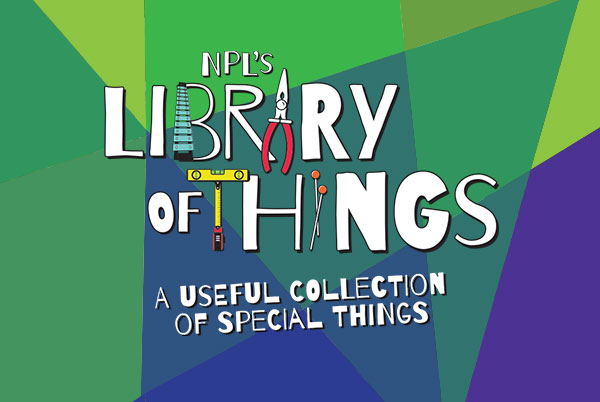
It’s the same thing reading Amatka--we absorb bits of information in quick bursts, all the while feeling like time is running out. There is such a sense of dread hanging over this book that even as the plot unfolds there’s no relief. By the end, dread gives way to bafflement, and a desire to read the whole thing again.
The world of Amatka and its sister communes recalls the gray, totalitarian world of Orwell’s 1984, but the reasons for the oppression of Amatka’s citizenry is not political. Tidbeck has buried this world’s origin story under layers of deceit and bureaucratic red tape, and what little is revealed only leads to more questions.
Tidbeck’s previous book, the short story collection Jagannath, showed her ability to create weird worlds and ominous moods in short stories, but Amatka shows she can sustain it throughout an entire novel. That’s a powerful tool, and I’m excited to see what she scares up next.




